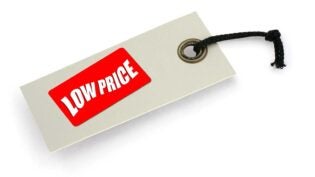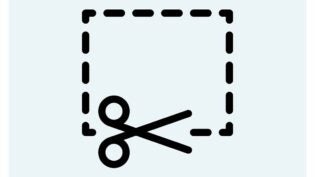
Are you new to consulting? Planning to start soon? Beware of scope creep. It’s a real problem in a lot of professional services. I ran into it in my years of consulting related to high-end planning and market research.
Scope creep is what happens when you’ve done the consulting (or programming, design, engineering, etc.) you promised but your client wants more. I ran into it a lot during my consulting years, doing business plans for clients. Imagine my disappointment as I delivered a finished plan along with an invoice for my fees, only to be asked for more work. Suddenly, my money was being held hostage. And, in my case, the kids needed shoes. But the client said assumptions had changed, or the product had been revised, or the financial analysis needed more scenarios.
You Can Avoid, and Manage, Scope Creep
It’s always worse with new clients. With repeat business with existing clients, you know each other, and you can take some of this for granted.
At the outset,
- Define the deliverables carefully, with specific, concrete, agreed-upon definitions for each step, with approvals and approval process laid out.
- And while you’re on the subject, you should also build timing of deliverables in terms that protect you from the client’s delays, such as having milestone 2 coming due not on a specified date, but rather on a specified amount of days after approval of milestone 1.
- And, better yet, that plus days after receipt of payment for milestone 1 (solving another problem while you’re at it).
- And also, point out from the beginning that things do change, and progress can lead to change, and when things change requiring work different from what is specified, that takes place at a given billing rate.
Then, as the engagement rolls on, you have to stick to it.
Very Hard To Do After the Fact
What’s difficult is that you have to deal with scope creep in the beginning, with the way you define the engagement, and your billing structure. It’s very hard to manage when you’re delivering, and your terms of engagement haven’t built the precautions into it, ahead of time.
If you get into that situation, of course you know you are dealing with ambiguity. Reasonable people can disagree about what’s a prototype and how that relates to the entire product. Details that should have been specified weren’t. So now what do you do?
Try to configure your response as “yes, we can do that for you … and here’s how much it will cost.” Follow that with details of the difference between what you promised and what more they want. Be specific. Have a good list of additional development required to go from your vision to theirs. Try to explain your point of view. If you have to, it will save the relationship, and you can afford to, offer a big discount on additional work. Take the high road, blame yourself for the misunderstanding, and keep the client happy.
Remember that repeat business is the life’s blood of professional services. Try not to lose your client.
The client is not always right
You may run into a client whose demands are unreasonable. The first time is the client’s fault. From then on it’s your fault, not the clients. Specify your jobs better and stick to your policies.
You might find this helpful: in my years of consulting, I ran into one client who played scope creep on me more than once. I guess it had become a standard tool in his toolbox, to get more work from consultants for less money. After the second time I started taking the price I would have charged to anybody else, and tripling that price for him when he asked me for consulting. I didn’t get the engagements, but also I didn’t have the aggravation. I was better off.
But I also, for my own peace of mind, stuck with the general rule for consulting: you don’t say no. You say yes, and here’s how much it will cost. Build the aggravation into the price. Make it so that if you do take it on, it’s worth the extra problems.












